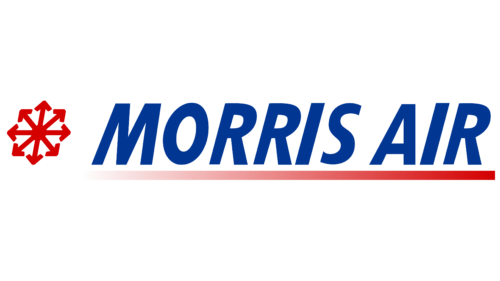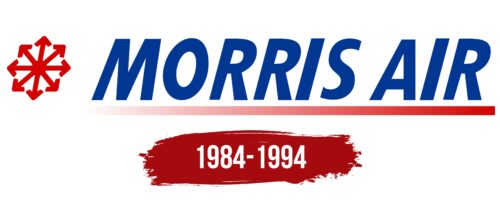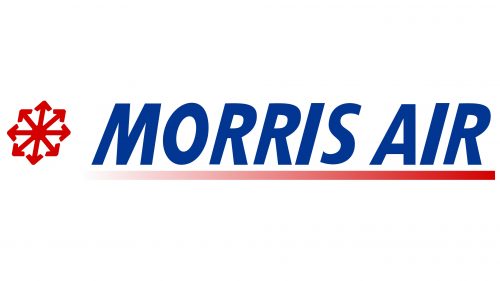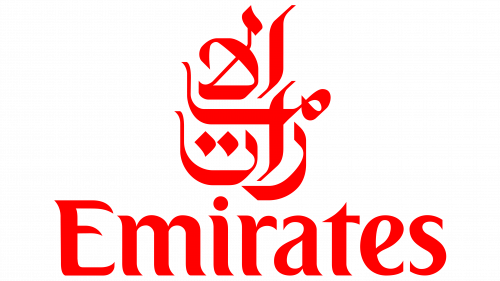The Morris Air logo represents a company that flies in any direction. The symbol suggests easy travel arrangements thanks to automated booking and electronic ticket sales. The company maximizes service speed while maintaining flight safety.
Morris Air: Brand overview
Founded by June Morris in Salt Lake City, Utah, in 1984, Morris Air began as a budget charter airline with just one Cessna 402 aircraft. In the late 1980s, the airline began scheduled passenger service, flying from Salt Lake City to various destinations in the western United States.
Morris Air grew significantly in the following years, adding Boeing 737s to its fleet and opening branches in Denver and Seattle. By 1990, the airline was flying to more than 20 cities. Morris Air was recognized for its inventive cost-cutting strategies, such as eliminating paper tickets and offering seat selection only at the airport. These tactics allowed the airline to offer discounted fares on routes dominated by major carriers.
By 1993, Morris Air had become the fourth-largest budget airline in the United States, carrying more than four million passengers a year. That same year, amid rapid growth, the company went public. In June 1994, Morris Air was acquired by Southwest Airlines in a deal valued at more than $130 million, allowing Southwest to expand its presence in the western U.S. market.
After being fully integrated into Southwest Airlines, Morris Air ceased independent operations in October 1994. During its ten years of existence, the airline managed to carry more than 15 million passengers. June Morris, the company’s founder, later joined Southwest Airlines as vice president and worked there until her retirement in 2000. She is remembered as a pioneer of low-cost air travel.
Meaning and History
What is Morris Air?
This American low-cost airline based in Salt Lake City was notable for its innovative business model and technological advancements in the aviation industry. The carrier operated a fleet of Boeing 737s, primarily serving routes in the western United States. The company was a pioneer in using electronic tickets and an automated reservation system, which significantly reduced operating costs and allowed it to offer low fares.
1984 – 1994
The Morris Air logo is a circle of red arrows connected at a central point and pointing in different directions. The center symbolizes the airport where the airline is based, while the arrows represent the different routes the planes fly. The brand name also looks dynamic: large blue letters slanting to the right create a sense of movement. This impression is reinforced by the red stripe below, which starts with a very pale shade and gradually intensifies towards the middle until it becomes fully saturated.
The red arrows point to different routes and represent a network of connections, emphasizing the breadth of the airline’s reach. The use of blue in the brand name can be interpreted as a symbol of trust and reliability. The gradient reinforcement of the red stripe creates a sense of urgency or excitement, reflecting the fast-paced nature of air travel.





